wooden objects or in clay, traditional costumes, fans... Learn more about the typical trades of Japan and discover their ancient origins to enhance each of these unique pieces. Discover some of the typical crafts of Japan.
The rise of Japanese craftsmanship began in Edo period, marked by the move of the country's capital from Kyoto in Tokyo, the capital that still exists today. At that time, craftsmen and farmers began to gain prestige in the country thanks to the commercial boom.
Japanese craftsmen began to improve their techniques, such as engraving with the use of urushi, or lacquer. Artistic expressions like Ukiyo-e paintings were also created, and they began to work with textiles, ceramics and wood. All these crafts are still preserved today and are one of the main souvenirs bought by tourists.
Traditional Japanese pottery and ceramics
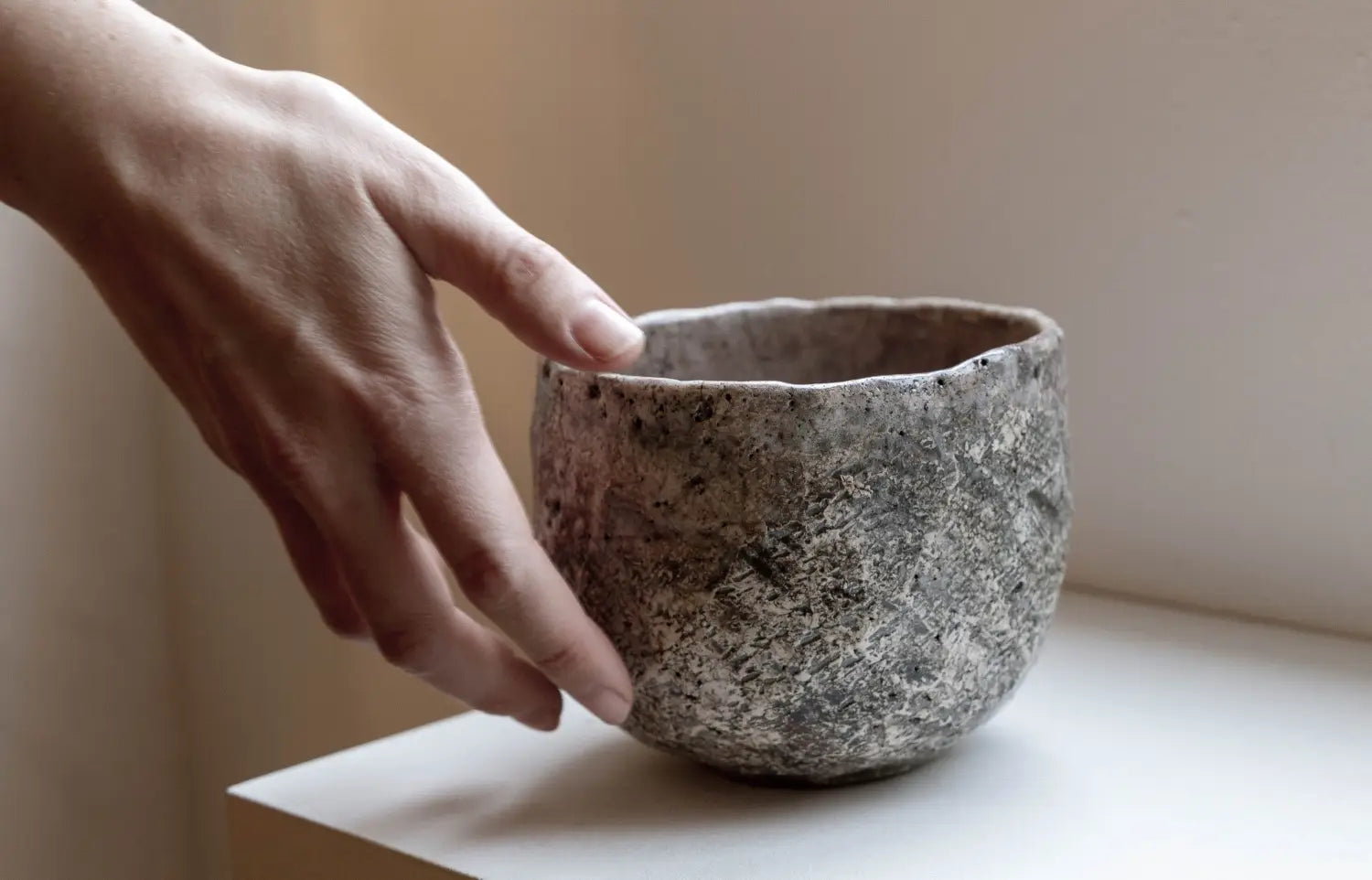
The beginnings of Japanese ceramics date back to the Jōmon period, over a thousand years ago. Shocking as it may seem, the technique of creating these quintessentially Japanese handicrafts has been maintained to this day. One of the main values of thejapanese aesthetic is the objects that appear unfinished and retain the essence of the person who made them. This is why no two pieces of pottery are identical.
How are Japanese pottery made?
One of the most used materials for making these objects is clay, a material present in all regions of Japan. Normally other materials such as stones and crystals are added to clay, which give shape to the piece after slow firing to create an object solid, yet elegant.
In the case of the porcelain, a clay base is also used, to which materials such as quartz and feldspar are added. Thanks to this, a solid product is obtained despite its low thickness. All these rooms are decorated with drawings, handmade etchings and brush marks, among other techniques.
How are these potteries decorated?

The Japanese lacquer technique called war deserves a special mention. Lacquer is extracted from the sap of the Toxicodendron vernicifluum, also called lacquer tree, after it flowers. The final product is enriched with other materials and colored with different pigments. Urushi pieces are beautiful and highly valued both at home and abroad.
Japanese wood craftsmen
Another large group of handicrafts typical of Japan is that of wooden objects. Among them we find a wide variety of typical products that we can acquire during a stay at the Country of the rising sun.
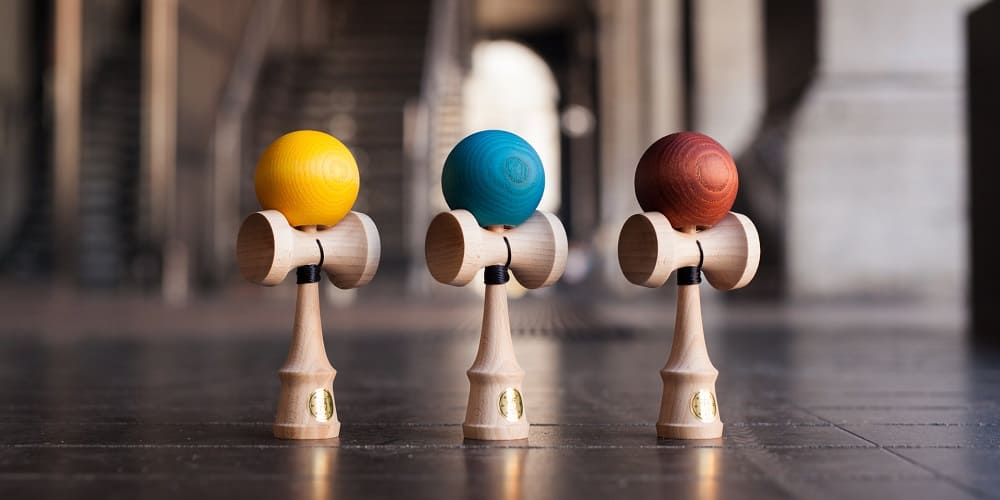
THE japanese wood carved toys are still used. One of the most famous is the kendama, which consists of a ball attached to a hammer-like handle. The game consists of moving the ball so that it is placed in the hole created as a support. In addition to kendama, there are kokeshi, wooden-bodied dolls that young Japanese girls played with.

Also made of wood are ohashi, the famous Japanese chopsticks, which offer a wide range of patterns to suit all tastes. Other typical wooden objects are the Daruma, which are used to make wishes, and the japanese traditional masks.
The art of sewing in Japan
Among the typical trades of Japan related toclothing, we find the Yonaguni-orimono, fabrics produced on an island in the south-west of the Japanese archipelago. Considered a traditional handicraft by the government of the country since 1987, it still retains its manufacturing methods and its characteristic small flowers as well as a striped fabric pattern.
Kimono
The kimono, one of Japan's most classic garments, is also a must. This japanese traditional dress, for men and women of all ages, is made using traditional techniques and fine materials such as silk. There is also a lighter version, known as yukata. They are still worn regularly, and not just during festivals.
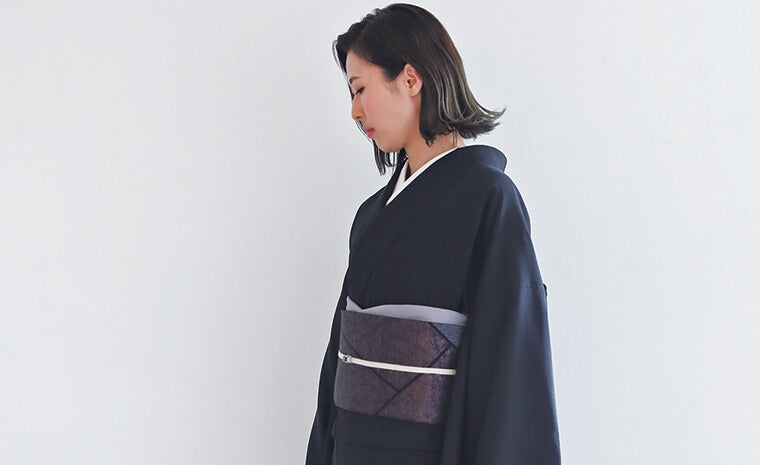
Kimonos that have been made with traditional techniques and noble materials are considered to be real works of art. The manufacture of the kimono evolved until the 16th century, when the taste for silk became fashionable among the samurai and merchants. The high quality brocade produced by artisans is characterized by the abundant use of gold and silver for the flower and bird patterns, and by traditional geometric patterns.
Other Japanese artisanal specialties
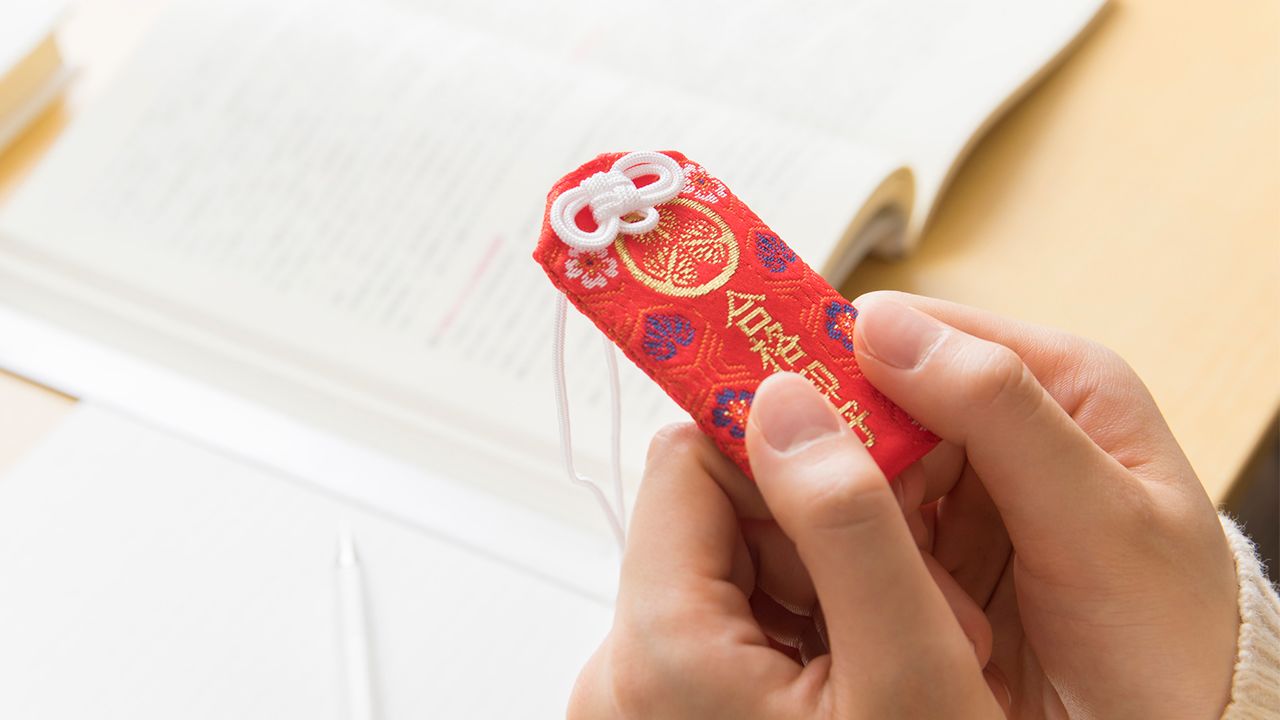
Other typical Japanese objects made with fabric are the omamori amulets, which can be found for sale in temples and shrines. We also know the scarves of japanese silk, which offer a wide variety of patterns and are used to decorate the obi or belt, which contains the kimono or yukata, as well as to tie the sleeves.
Our craft, T-Lab POLE POLE
For our small wooden sculptures, we also work with specialized craftsmen. For ecological and logical reasons, we manufacture our products in Indonesia, but always with the quality and rigor of yesteryear.

Each piece is handcrafted, the environmentally friendly paint, does not contain no chemicals. If you are close to nature and conscientious about the choice of your objects and your decoration then our creations are made for you.
Find our 3 collections Pole Pole, Oyako And Dinosaurs. A minimalist decoration, 100% solid wood to give a relaxing and peaceful atmosphere in your living room or bedroom.
If you want more information on our way of working and our ethics here is what you need: T-Lab Pole Pole "Our Ethics". Also, we try through this blog to highlight our creations as well as thea culture, decoration and ecology. Do not hesitate to share our brand around you, and on your social networks. Finally, tell us in the comments what you would like to know about Japan.

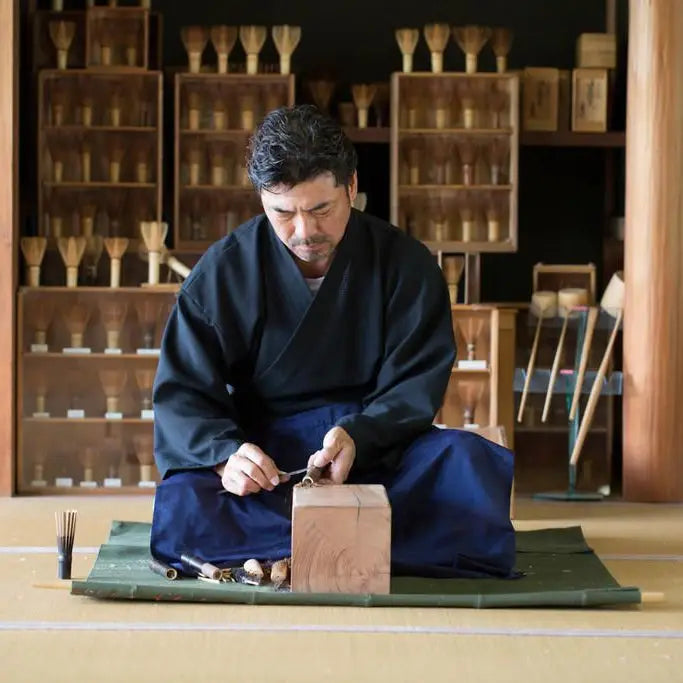
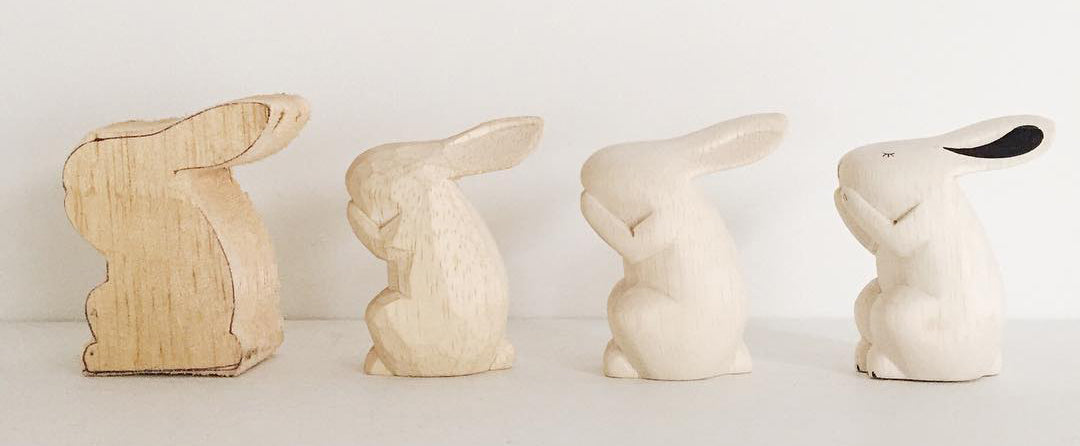
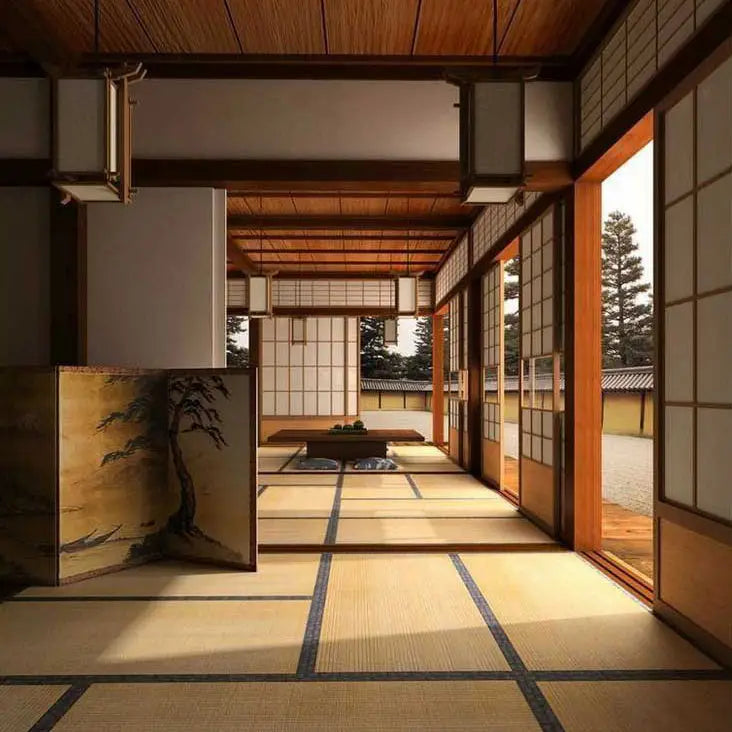
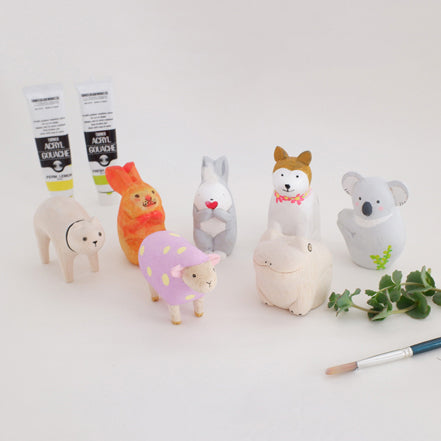
Leave a comment
All comments are moderated before being published.
This site is protected by hCaptcha and the hCaptcha Privacy Policy and Terms of Service apply.